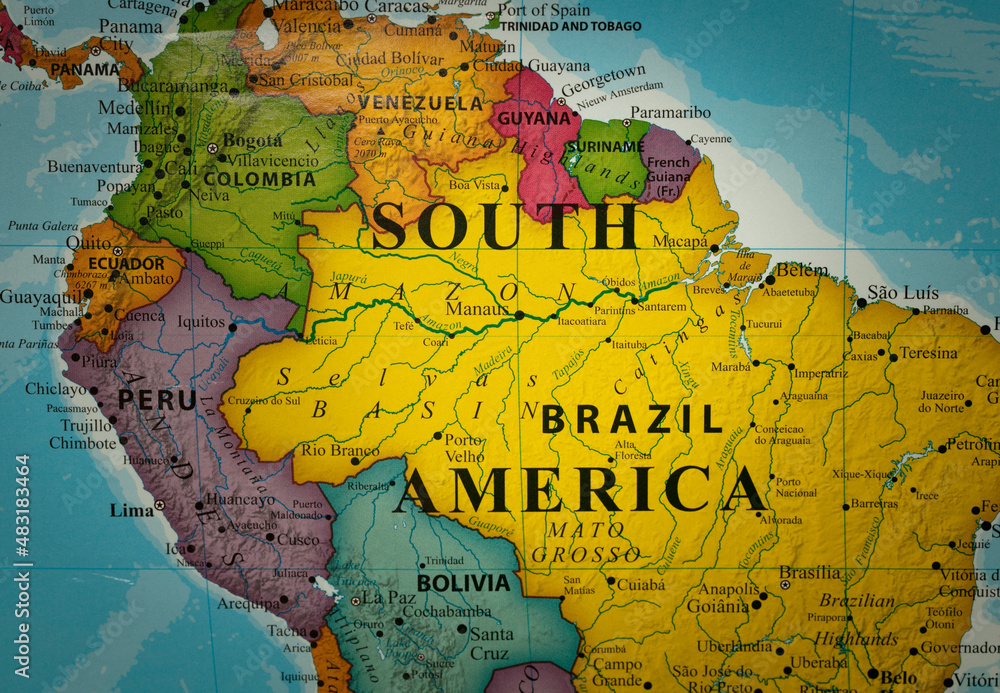
South America is a continent brimming with natural beauty, vibrant cultures, and rich history. However, safety concerns often shape travel plans and influence perceptions of the region. To help you plan your journey, we’ve ranked the countries of South America by safety, using a mix of crime statistics, political stability, and traveler reviews. Let’s explore these rankings from safest to most challenging destinations.
1. Uruguay
Uruguay consistently ranks as the safest country in South America. Known for its low crime rates, progressive policies, and stable government, this small nation offers a peaceful environment. Montevideo, the capital, and coastal towns like Punta del Este are popular and secure for travelers.
Why it’s safe:
- Low violent crime rates.
- Stable political environment.
- High-quality healthcare and infrastructure.
2. Chile
Chile’s breathtaking landscapes—from the Atacama Desert to Patagonia—are matched by its commitment to safety. The country is politically stable, with low levels of violent crime, making it a favorite among tourists.
Why it’s safe:
- Reliable police presence.
- Strong rule of law.
- Excellent emergency services.
3. Argentina
Argentina’s diverse attractions, from Buenos Aires’ tango-filled streets to the Andes mountains, come with a relatively low crime rate. While petty theft exists in urban centers, most areas are safe for visitors who take basic precautions.
Why it’s safe:
- Friendly locals.
- Well-developed tourist infrastructure.
- Low levels of violent crime outside certain neighborhoods.
4. Paraguay
Paraguay is often overlooked by tourists, but it’s a surprisingly safe country with warm hospitality. While urban pickpocketing occurs, the country’s rural areas are tranquil.
Why it’s safe:
- Tight-knit communities.
- Minimal political unrest.
- Few natural disasters.
5. Ecuador
Ecuador offers safety alongside its famous attractions, like the Galápagos Islands and the Amazon rainforest. Crime can be an issue in certain cities, but staying alert and avoiding risky areas minimizes concerns.
Why it’s safe:
- Popular tourist destinations are well-monitored.
- Natural beauty attracts responsible ecotourists.
- Strong community tourism programs.
6. Peru
Peru’s Machu Picchu and the Sacred Valley are bucket-list destinations for many. While tourism hubs are relatively safe, travelers should exercise caution in Lima and avoid remote areas without guides.
Why it’s safe:
- Tourism is a key economic driver, leading to safety measures.
- Travel agencies offer secure experiences.
- Strong international presence in tourist zones.
7. Bolivia
Bolivia is a land of contrasts, from its salt flats to bustling markets. Although generally safe, the country’s infrastructure is less developed, and political protests can disrupt travel plans.
Why it’s safe:
- Crime rates are moderate but manageable.
- Rural areas are welcoming to visitors.
- Cultural respect fosters mutual trust.
8. Colombia
Colombia’s safety has improved dramatically over the last decade, making cities like Medellín and Bogotá top tourist spots. However, rural areas may still pose risks due to lingering conflicts.
Why it’s safe:
- Enhanced urban security.
- Expanding tourism sector.
- Warm, helpful locals.
9. Brazil
Brazil is a captivating destination but ranks lower in safety due to higher crime rates, particularly in major cities like Rio de Janeiro and São Paulo. Travelers should remain vigilant and avoid unsafe neighborhoods.
Why it’s challenging:
- High rates of theft and violent crime in urban centers.
- Socioeconomic disparities contribute to risks.
- Crowded tourist areas attract pickpockets.
10. Venezuela
Once a jewel of South America, Venezuela faces significant safety challenges due to political instability, economic crisis, and high crime rates. While some areas remain beautiful, travel here requires extensive caution.
Why it’s challenging:
- Widespread poverty and crime.
- Limited access to basic resources.
- Unpredictable political situation.
Safety Tips for Traveling in South America
- Stay informed: Research the latest travel advisories for your destination.
- Blend in: Avoid drawing attention with flashy clothing or valuables.
- Be cautious: Use reputable transportation and avoid traveling alone at night.
- Stay connected: Share your itinerary with family or friends and keep a local SIM card for emergencies.
Whether you’re exploring the Andes or soaking up the sun on the coast, South America offers incredible experiences. By understanding the safety landscape and planning wisely, you can make the most of your adventure while staying secure.
Leave a Reply